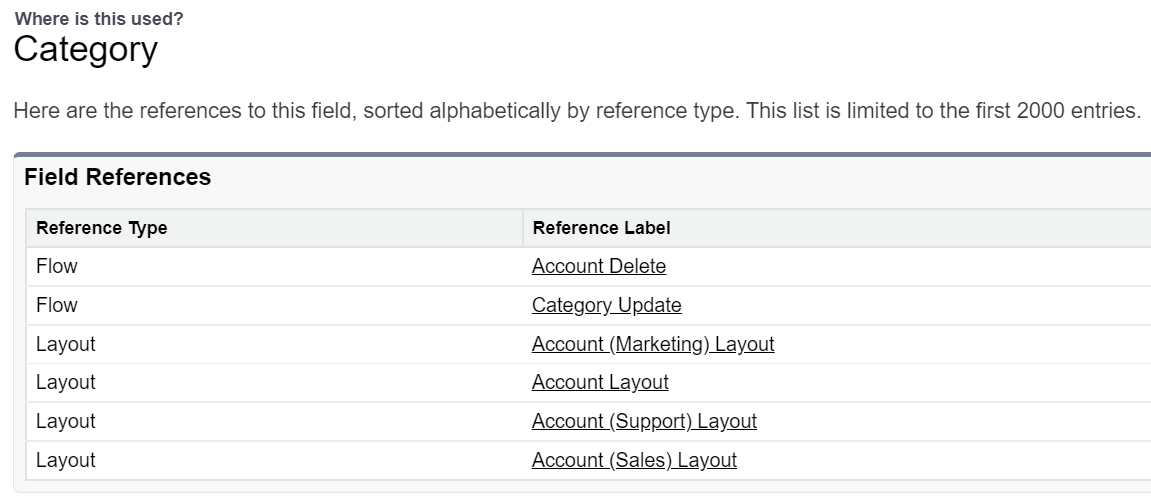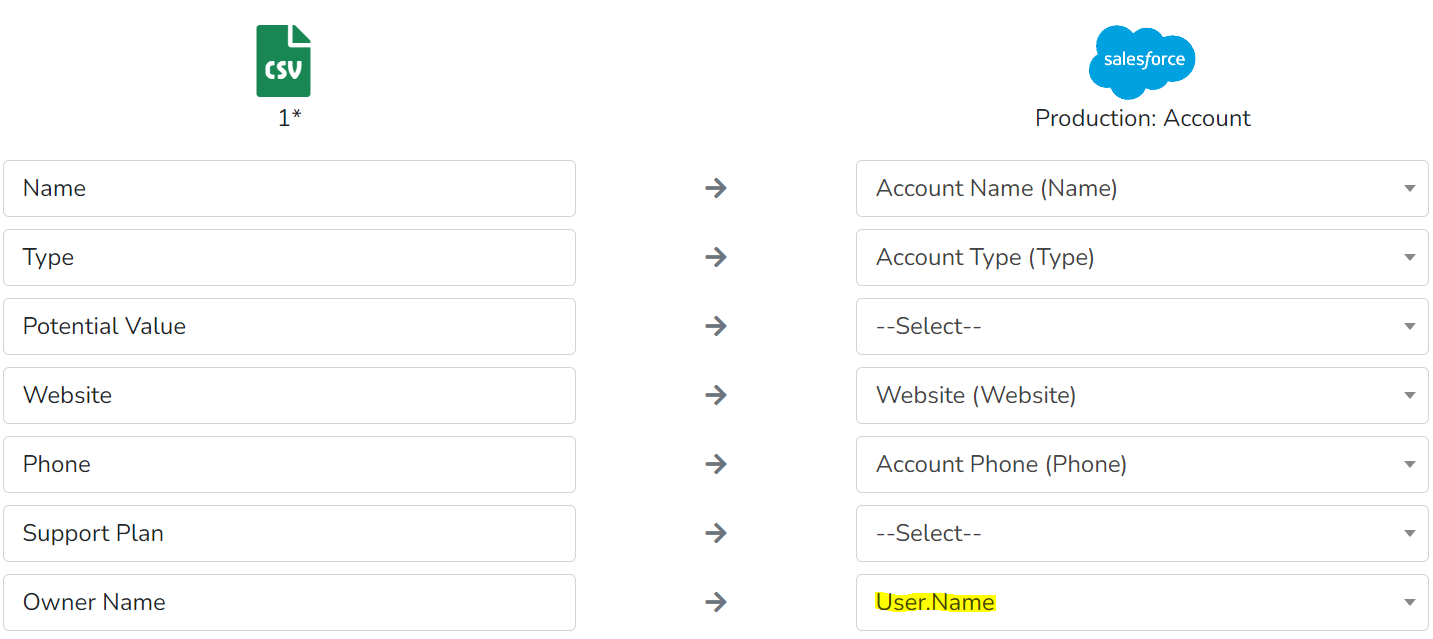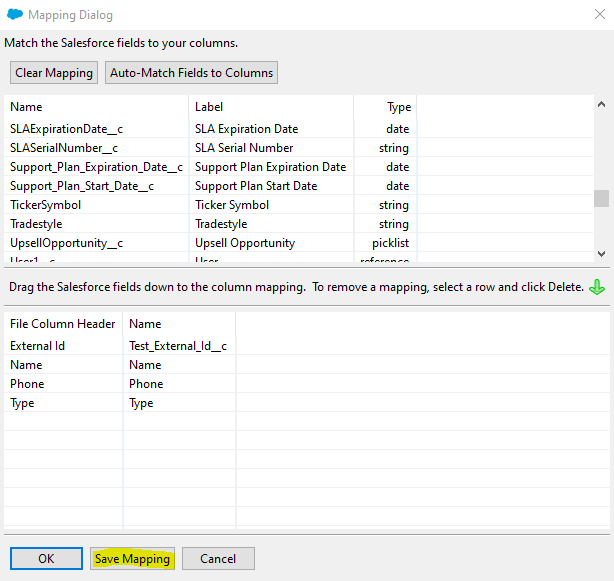To be an effective CRM, Salesforce relies on accurate and current data. Whether it’s customer interactions, opportunities, or contract details, inconsistent or unreliable data can be a killer… and could ultimately cost your business money.
Learning how to successfully import your data into Salesforce can help avoid such mistakes, while allowing your users to focus on what really matters.
To ensure you’re importing your Salesforce Data correctly, follow these six rules:
1. There is No “Undo” in Salesforce
While it may not be simple, you should always prepare a strategy in case you ever need to recover a previous version of your work.
Let’s say you’re deleting contact records, and want to insert them again. Were there Tasks or Cases associated with the deleted contacts? If that’s the case, they won’t be on the recently inserted records. Whenever you are updating or deleting existing data, be sure to perform an impact analysis and document the steps needed should any mistakes occur.
After completing an import, store the generated result files in a secure place. This way you’ll have an audit trail of the work that was completed, along with the chance to use the files to help you with your Rollback.
Unlike Excel, you can’t “CTRL + Z” with Salesforce. Once you have completed an import, the records are there to stay. Salesforce doesn’t offer native functionality to undo an import, but Salesforce Backup and other ETL tools that offer Rollback functionality are guaranteed ways to secure a back-stop.
2. Deduplicate Before Importing
Duplicates can be a nightmare in Salesforce. Reporting, user experience, and data quality are all massively affected with the presence of duplicates. When importing records into Salesforce, try to deduplicate the source data before attempting the import.
To achieve deduplication, use ETL tools, or even Excel! By deduplicating before attempting the import, you can prevent any sort of errors.
Combine this with Deduplication Rules to ensure a consistent strategy. Don’t just use the Standard Deduplication Rules – analyze your business requirements. And if it makes sense, create custom matching rules.
3. Check the Processes
Have you ever imported data into Salesforce and wondered why the records look different from your source data? It’s because there is a process in Salesforce that is updating or modifying the data. If there are incorrect custom fields, have a look at where those fields are by clicking on Where is this used?
Check out references such as triggers, process, and flows and analyze how the fields are being handled. Are these processes impacting your imports?
Also be sure to see if those processes are going to cause Limit issues. An example would be a trigger that’s updating related records based on certain criteria. Consider changing the batch size of your imports to ensure you are within the Salesforce limits and your import will process without any issues.
Salesforce also offers different APIs when importing data. The REST and SOAP APIs are designed and optimized for imports that update a few records at a time, whereas the Bulk API was created specifically for mass data imports. Make sure you set the correct API based on your requirements, and test the speed and limitations of each.
4. Watch Out With Excel’s VLOOKUP
Everyone’s favorite data tool! While Excel certainly has benefits and offers an easy and convenient way to open and edit data, it’s prone to errors. Mistakes can happen, and explaining to your users that the data in Salesforce is incorrect because of a basic spelling mistake or an incorrect formula is not a conversation anyone wants to have.
By the way, did you know that VLOOKUP is not case-sensitive? If you export a report and want to VLOOKUP, make sure you are using the 18-character IDs from Salesforce, not the standard 15-character IDs. Otherwise, you may find the lookup producing some strange results.
ETL tools provide the most common Excel functions you need, such as VLOOKUP, field formatting, and concatenation. Where you are creating lookup relationships, you can often skip conducting a VLOOKUP to get the ID and instead use a dataloader’s lookup functionality:
Excel can also only handle up to around one million rows, so any large data sets will need a separate solution.
5. Automate When You Can
If you’re going to be importing data daily, you may want to automate the job. It will not only make your life a lot easier, but will guarantee consistent data in Salesforce.
Using the Salesforce Data Loader, simply saving the mapping file will ensure you don’t forget a field during the next import.
If you have some knowledge with Windows Batch Scripts, you may be able to actually automate the job process as well. Otherwise, you can always use a data importing tool to build automations such as mappings and scheduling without needing code.
6. Test in Sandboxes First
To allow the chance to test new features before deployment, Salesforce created Sandboxes. So why shouldn’t data tests have Sandboxes, too?
Next time be sure to test your imports with Salesforce Sandbox environments. Did you get the results you wanted?
Questions to Ask
- Are the record owners correct? Be sure to set record owners when importing your data, as Salesforce will set a default record owner if one hasn’t been appointed. Depending on your sharing model, this may mean that certain users won’t be able to see the imported records.
- Did you set the record type? Similar to record owners, the record type will be set automatically by Salesforce if one isn’t assigned during the import.
- What is the date format? Salesforce Data Loader and other tools have a Timezone and Date format option, selecting the wrong one can lead to inconsistent date and time imports. Make sure you look at the source data to see which setting makes sense.
Summary
Data is a crucial part of any Salesforce implementation – without it, users will quickly start encountering problems.
Make sure data imports are set up, tested, and backed up correctly to guarantee you are not only making the most out of your data, but also protecting yourself and your company should anything ever go wrong.
Salesforce and other third-party apps provide many of these features, so use them appropriately! Data importing can be a rather thankless task, so if you haven’t received any complaints regarding data in Salesforce, you can rest assured that you’ve done an excellent job!





Comments: